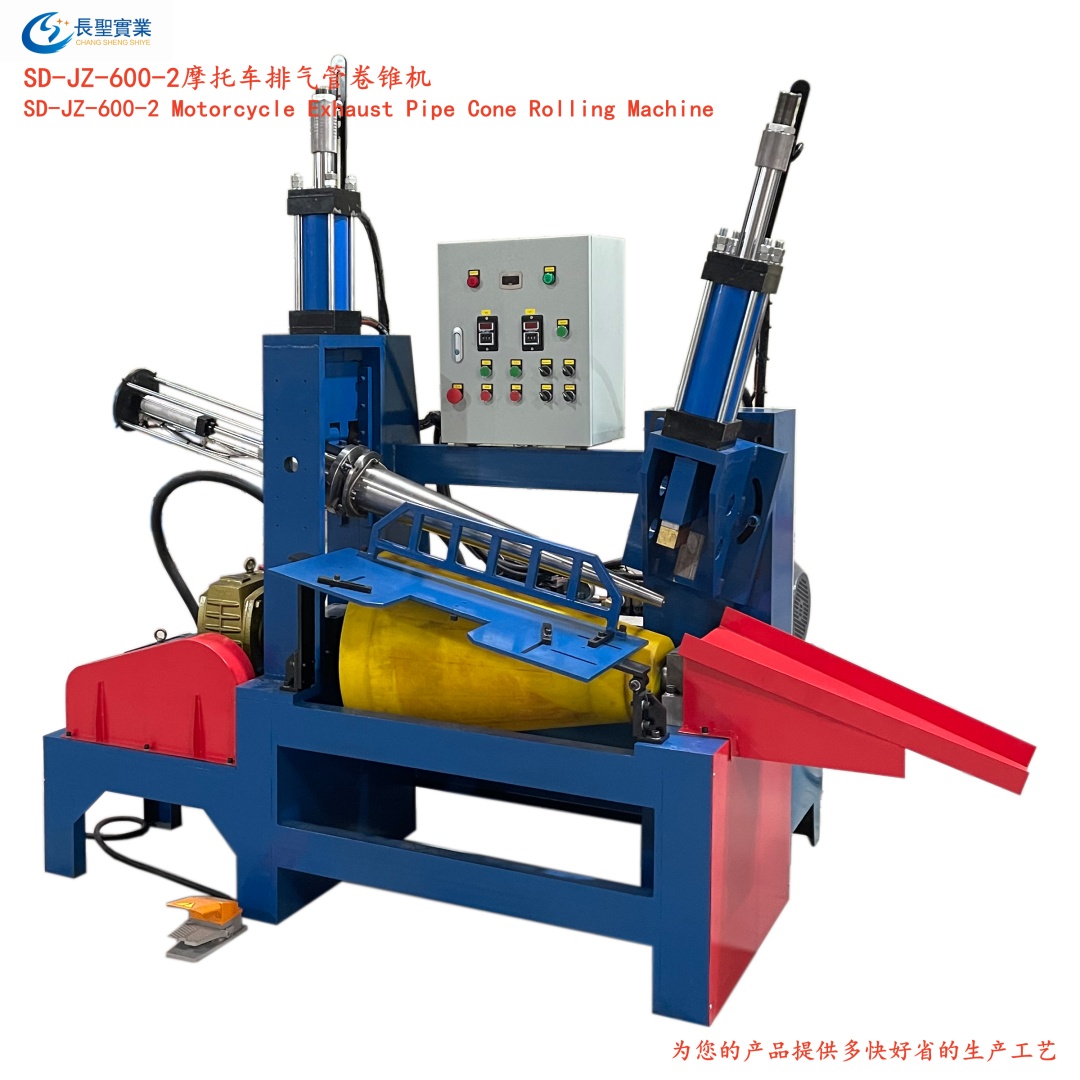1. Core performance advantages
High one-time forming efficiency
Using the synergistic effect of the upper roller (steel roller) and the lower roller (elastic roller), the plate can be bent and formed by one pressurization, without the need for pre-bending process, significantly shortening the processing cycle, especially suitable for the continuous production of thin-walled pipes such as exhaust pipes14.
High precision and surface quality
The elastic layer of the lower roller is made of composite materials, with uniform stress distribution and small roller deflection, ensuring high geometric accuracy and smooth surface without scratches after forming, meeting the stringent requirements of exhaust pipes and other products for sealing and appearance14.
Dynamic adjustment capability
The upper and lower roller spacing and pressure are precisely adjusted through the PLC control system, combined with servo drive technology, which can adapt to the processing requirements of exhaust pipes of different diameters, and the processing process is highly stable46.
2. Structural design features
Optimized roller group configuration
The upper roller is a rigid steel roller, and the lower roller uses a steel roller core with an elastic layer (such as polyurethane) wrapped around it, which not only ensures the pressurization strength, but also avoids surface damage caused by metal contact, and improves the forming quality of the exhaust pipe46.
Automation Integration
Equipped with automatic loading, rolling and unloading functions, the whole process is automated through PLC control, reducing manual intervention and improving batch production efficiency45.
III. Scope of application and limitations
Applicable scenarios
Mainly for metal sheets with a thickness of 0.5-6mm, especially good at processing carbon steel, stainless steel and aluminum plates with a yield strength of ≤350MPa, widely used in rapid prototyping of thin-walled cylindrical parts such as automobile exhaust pipes and ventilation ducts24.
Limitations
A single processing requires matching a specific upper roller mold, and the cost is relatively high when producing small batches and multiple specifications2;
The maximum processing thickness is usually ≤10mm, which is not suitable for heavy plate processing28.

